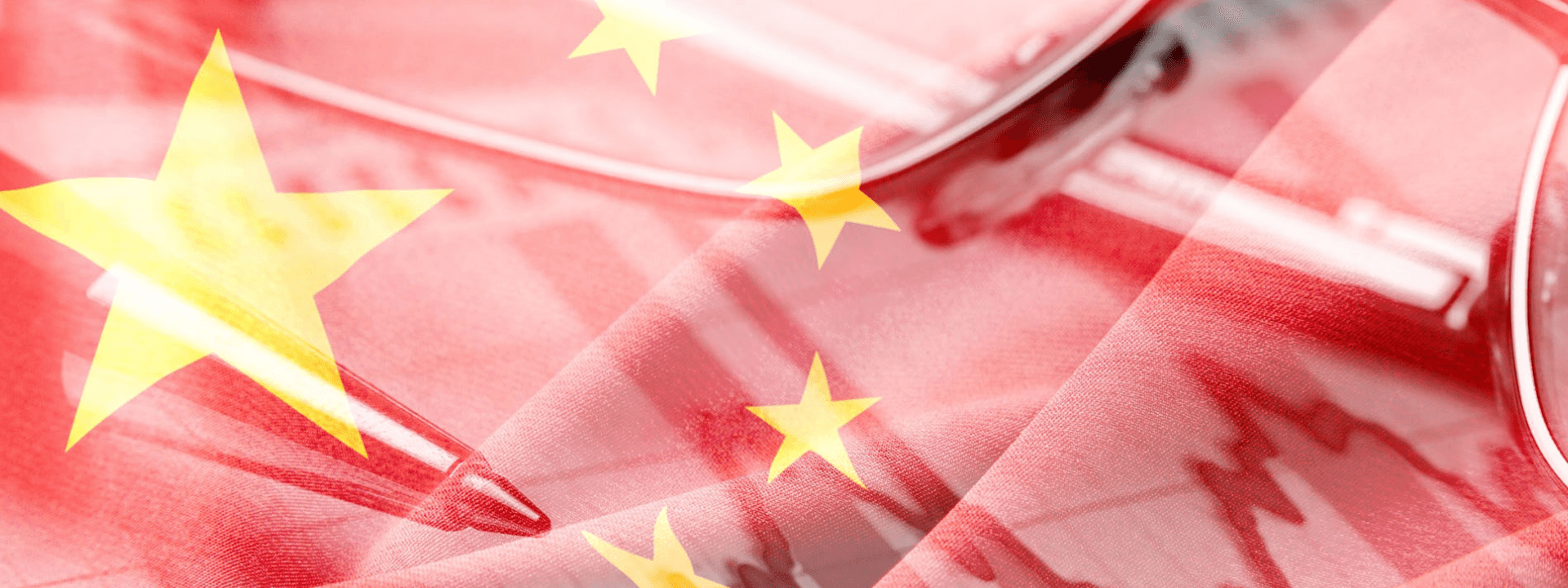Opinion: China’s Persistent Low Inflation Could Profoundly Impact Economic Policymaking by Vincent Chan
By Vincent Chan

Since 2021, China’s low inflation has defied the surge in prices in major developed economies, indicating that the influence of the international economic adjustment mechanism backed by free flow of goods and services over the past two decades has waned.
This largely under-discussed phenomenon could profoundly impact China’s next round of economic policymaking.
Although China’s economic structure and stage of development greatly diverge from the U.S. and EU, the average monthly year-on-year growth in their consumer price index (CPI) from 2001 to 2020 showed marginal differences. Their inflation trajectories were also similar.
The core CPI — which excludes food and energy whose prices are usually more volatile, and better reflects the actual inflationary pressure — demonstrated similar patterns as well. From 2006 to 2020, China, the U.S. and EU exhibited only slight variations in the core CPI, with average monthly year-on-year growth of 1.3%, 1.9% and 1.3%, respectively.
But that has changed profoundly since 2021. From the beginning of that year to April this year, average monthly year-on-year growth in China’s core CPI was only 0.8%, well below 5% in the U.S. and 3.7% in the EU.

Theoretically, low inflation is favorable for an economy as it provides greater leeway for monetary policy. But sustained deflation can weigh on consumer and business expectations, subsequently curbing consumption and investment.
Since 2021, China’s muted inflation has been accompanied by a higher youth unemployment rate. In contrast, the U.S. job market has remained robust despite slower economic growth during the same period. The divergence reflects the impact of the U.S.-China trade war that began in 2018 and the wave in deglobalization and protectionism that has followed.

In the heyday of globalization, businesses in both countries would have capitalized on the situation, leveraging China’s labor surplus to supply goods and services to the U.S. This process would have reduced China’s unemployment pain and U.S. inflation, achieving a new balance. Therefore, even as it repeatedly vowed to expand domestic demand in the 1990s, China was under the constant influence of the economic cycle dominated by developed countries.
But that economic adjustment mechanism has suffered severely amid deteriorating political relations between China and the West since 2019, while an array of disruptive restrictions imposed during the Covid-19 pandemic has made the situation worse.
China’s traditional exports, mainly of electronics and light industry products, significantly weakened in the past year or two, due mainly to Western countries shifting their production lines from China to other emerging markets, citing supply chain security concerns. Although some other exports have fared better, led by new-energy vehicles, they require less labor than traditional ones, and thus are less helpful in bolstering employment.
If its economy fails to generate strong new demand, China may find itself teetering on the edge of deflation and suffering from high unemployment for some time. If this situation persists, it will significantly undermine confidence in investment and big-ticket consumer spending. A vicious cycle could be triggered if expectations of deflation lead to inadequate investment and consumption, as domestic demand will turn even more sluggish.
Therefore, it is necessary for policymakers to properly stimulate demand. Property and infrastructure have typically been investment havens, but after two decades of rapid urbanization and industrialization, a large portion of real estate, infrastructure and industrial facilities that needed to be built has already been completed. And the housing market is in a calamitous state after a more than two-year credit crunch.
Some other sectors, such as medicine, new energy, artificial intelligence and environmental protection, still require a considerable amount of investment, but not as much as before. Meanwhile, high debt levels of the economy, especially of local governments and certain industries, have also depressed investment.
Thus, boosting consumer spending may be the only solution. While China’s household consumption as a percentage of GDP remains low, stimulating such spending might be the only way to fully unleash the country’s growth potential in the long run. But such a process cannot be rushed.
The Chinese government can adjust factors that suppress consumption, such as the country’s household registration system, known as “hukou,” which restricts population mobility. Authorities can also encourage businesses to tap into new consumer demand.
Over the past decade, major Chinese internet companies have made considerable progress in creating new consumer demand in their pursuit of profit. The government should encourage such efforts, rather than launch a clampdown whenever uncertainties arise.
In the short term, local governments might struggle to beef up fiscal support for economic growth due to mounting debt pressure. But there is always room for monetary policy, given China’s extremely muted inflation. Despite the economy’s low sensitivity to interest rate fluctuations, it is both necessary and feasible for the central bank to make big rate cuts when real interest rates are high. It will help to show the government’s dedication in stabilizing the economy and fighting deflation, possibly shoring up confidence in investment and consumption.
Read also the original story.
caixinglobal.com is the English-language online news portal of Chinese financial and business news media group Caixin. Global Neighbours is authorized to reprint this article.
Image: BillionPhotos.com – stock.adobe.com
